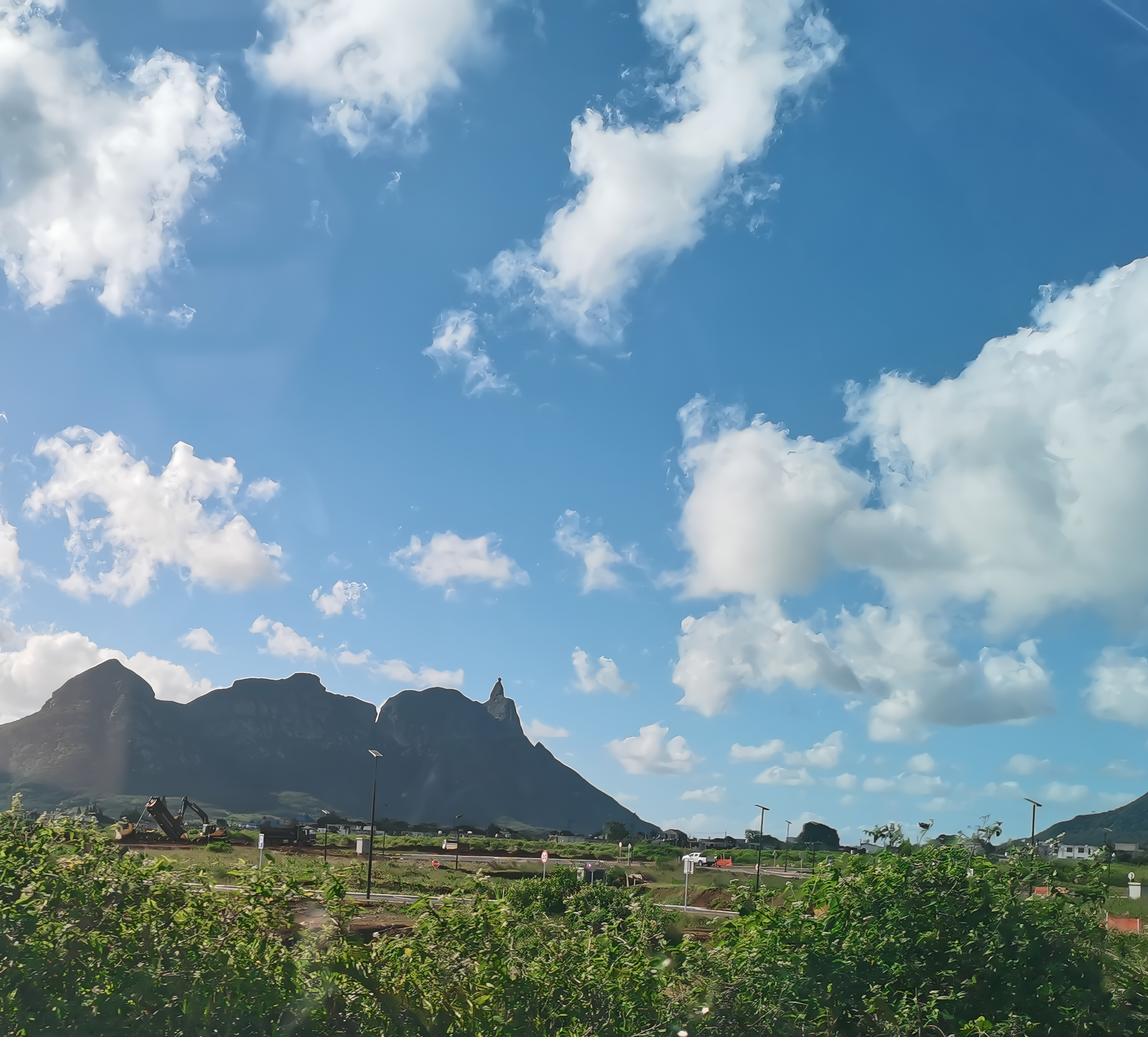1、The brightness of a solar light does depend directly on the actual light-up power set by the controller, which in turn is affected by the size of the system configuration and the performance of the components. So, from the source, the brightness of solar lights depends on the system configuration.
Solar Panel Performance: The performance of a solar panel determines how much energy can be harvested from the sun’s rays. If the solar panel is more efficient, it can charge more energy during the day to supply brighter lighting when used at night or on cloudy days.
Battery Capacity: The capacity of the battery determines how much power can be stored, which affects the duration and brightness of nighttime lighting. Larger capacity batteries can support a longer period of brightness.
Power of the LED light source: The power of the LED light source directly affects the brightness of the night lighting. Higher-powered LEDs typically produce a brighter light.
Controller Settings: The controller is responsible for managing the operation of the solar light system. You can use the controller to set the actual light power to meet specific lighting needs. Depending on the configuration and demand, the controller can adjust the brightness of the LED lights for energy savings and longer battery life.

2、The brightness of a solar light depends on the actual power set by the controller, and the actual power consumption is directly related to the brightness and operating time of the LED light. Higher power will result in greater energy consumption during a fixed operating time, which requires larger solar panels to capture enough solar energy and larger batteries to store the energy.
Brightness and operating time requirements: First, you need to determine the level of brightness required and the hours of operation per day. This will guide you in choosing the right power and operating hours for your LED lights.
Solar resource: The size of the solar panels should be large enough to harvest enough energy from the sun’s rays during the day to meet the nighttime lighting needs. The availability of solar energy resources can be affected by geographic location and weather conditions.
Battery Capacity: The battery capacity should be large enough to store the energy collected during the day to provide consistent lighting at night or on cloudy days. The size of the battery capacity will have a direct impact on the nighttime runtime of the system.
Controller Settings: The controller can be used to adjust the brightness level of the LED lights for energy saving and prolonged battery life. The appropriate brightness level can be set according to actual needs.
Economic and space considerations: Finally, budget and available installation space need to be considered. Larger solar panels and batteries usually increase the cost and require more installation space.

3、Another big determining factor is the system voltage. Now commonly used low-voltage system, the maximum actual power is only 20-30 W. Need more power, higher brightness will need to do 12V or 24V system.
- Low Voltage Systems (usually 12V):
Low voltage systems typically use a 12V DC power supply, which is the more common configuration. The maximum power is usually in the range of 20W to 30W.
This type of system is suitable for smaller solar street light projects, such as garden lights and small landscape lighting.
- Medium voltage system (usually 24V):
Some solar street light systems use 24V DC power supply, which can realize higher power output, usually the maximum power is between 60W and 120W, some high-end controllers can reach 160W.
This type of system is suitable for street light projects that require greater brightness, such as roadside lighting, public square lighting, etc.

4、Another factor is the overall lighting effect. Luminous efficacy indicates the amount of light produced per unit of power, and the higher the luminous efficacy, the brighter the illumination can be produced with less energy, thus improving the efficiency of energy utilization.
Energy Efficiency: Higher efficiency fixtures provide brighter lighting at the same wattage, which means you can realize better energy efficiency. This is important for reducing the need for solar panels and batteries, as well as lowering energy costs.
Wider illumination: High-efficiency luminaires can provide wider illumination, covering a larger area. This is especially important for lighting roadways, plazas and public spaces because it improves safety and visibility.
Reduced Maintenance Costs: Because high-efficiency luminaires provide the required brightness with less energy, they typically have fewer battery charge/discharge cycles, which extends battery life. This reduces the cost of maintenance and battery replacement.
Environmentally Friendly: The use of high-efficiency luminaires reduces energy consumption and lowers carbon emissions, which in turn reduces the negative impact on the environment.